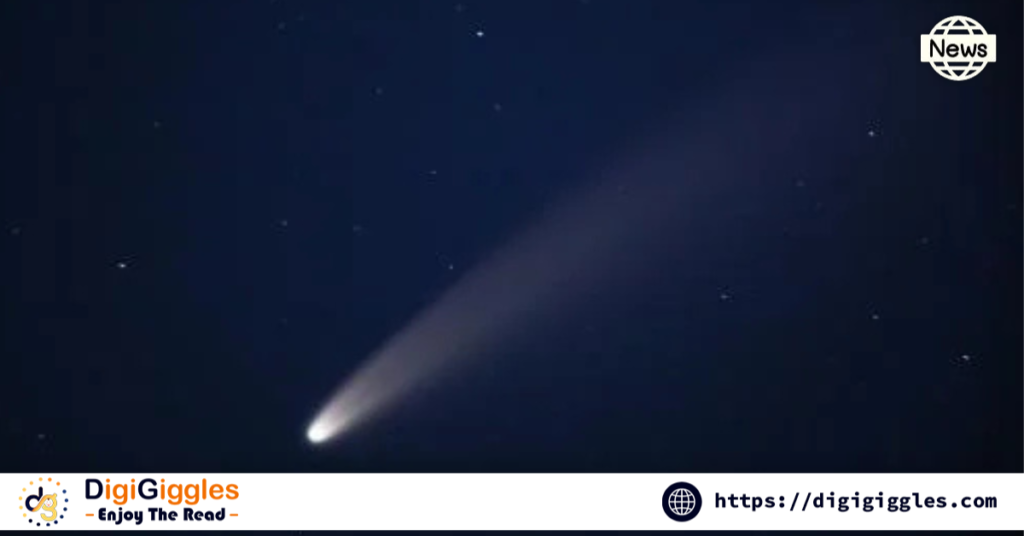
A fascinating celestial mystery has captivated astronomers worldwide with the discovery of an unusual object orbiting the Sun once every 50 years. The mysterious nature of this cosmic traveler has ignited intrigue among space enthusiasts, scientists, and the general public alike, sparking discussions about its origins and implications for our understanding of the solar system.
What Makes This Object Unique?
This newly identified body exhibits an orbit, unlike most known celestial objects. While planets and asteroids usually have predictable trajectories, this enigmatic object’s 50-year orbital period is rare, drawing comparisons to the periodic returns of comets like Halley’s Comet. However, its behavior does not fully align with any known category of celestial bodies, raising questions about its composition and origin.
Preliminary observations suggest that this object could be a rogue asteroid, a long-lost fragment of a larger celestial body, or even a remnant from the early solar system. Unlike typical asteroids, it exhibits peculiar reflectivity, hinting at an unusual surface composition.
A Journey Through Space and Time
Astronomers first noticed the object while reviewing data from space observatories monitoring the Sun’s vicinity. Its elongated path and distant perihelion (the closest point to the Sun in its orbit) indicate it travels far beyond the orbits of the known planets before looping back. Such an elongated orbit suggests gravitational influences, possibly from distant planets or the mysterious Oort Cloud—a region of icy bodies on the solar system’s outskirts.
In a recent statement, an astronomer exclaimed, “This discovery could unlock new insights into the history of our solar system. It’s like finding a missing piece to a jigsaw puzzle we’ve been piecing together for decades.”
Theories and Speculations
The object’s long orbital period raises intriguing possibilities. Some scientists hypothesize that it might have originated from another solar system, having been captured by the Sun’s gravity millions of years ago. Others speculate that it could belong to an undiscovered class of celestial bodies, offering new perspectives on solar system dynamics.
What Lies Ahead?
As excitement builds, telescopes across the globe are being trained on the mysterious object to gather more data. Future missions may involve robotic spacecraft or probes to study its surface up close, providing critical clues about its makeup and history.
This enigmatic discovery serves as a reminder of how little we still know about the cosmos. With each new finding, humanity takes another step toward unraveling the mysteries of the universe, igniting curiosity and pushing the boundaries of scientific knowledge. For now, the identity and origin of this object remain a cosmic puzzle. But one thing is clear—it has already made its mark as one of the most intriguing discoveries of the decade.